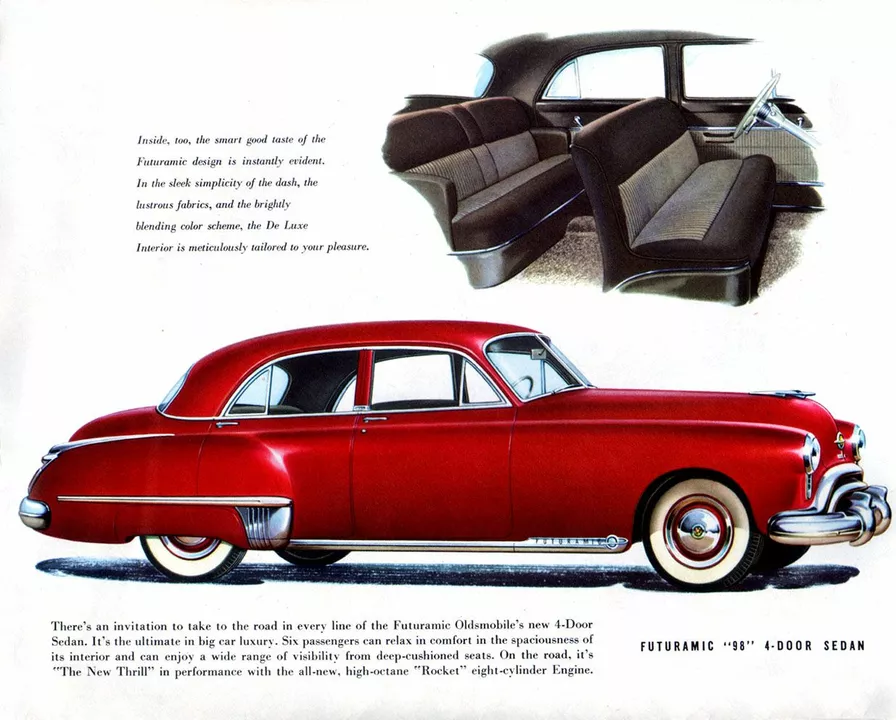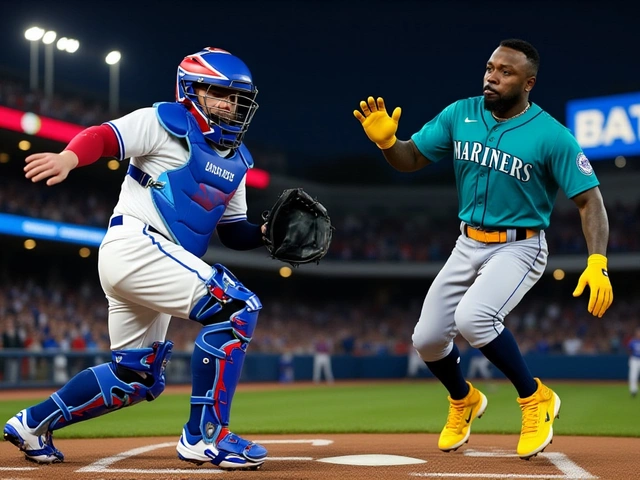Biggest Car Brands: Who Rules the Road?
If you love cars, you’ve probably wondered which names sit at the top of the automotive world. It’s not just about sales numbers – brand reputation, global reach, and iconic models all count. Below we break down what makes a brand ‘big’, then list the heavy‑hitters you see every day.
What Makes a Car Brand Big?
First, volume matters. Companies that sell millions of vehicles each year earn massive market share and can afford big R&D budgets. Second, brand equity matters. A logo that sparks instant recognition – think the three‑pointed star or the silver badge – adds value beyond the showroom floor.
Third, geographic footprint is key. Brands that operate in North America, Europe, Asia and emerging markets get a wider audience and more resilience when one region slows down. Finally, innovation fuels growth. Brands that push electric tech, autonomous driving, or cutting‑edge design stay ahead and attract new buyers.
Top 5 Global Car Brands
1. Toyota – The Japanese giant still leads worldwide sales, thanks to reliable models like the Corolla and the hybrid Prius. Their focus on fuel efficiency and a massive dealer network keeps them on top.
2. Volkswagen Group – With VW, Audi, Porsche, and Skoda under one roof, the group covers everything from budget hatchbacks to luxury sportscars. Their push into electric (ID. series) is reshaping the market.
3. General Motors – GM’s Chevrolet, Cadillac, GMC and Buick brands dominate North America. Their trucks and SUVs sell like hotcakes, and the upcoming electric Silverado hints at a new era.
4. Hyundai‑Kia – South Korea’s duo has surged thanks to sharp styling, generous warranties, and a growing EV lineup. The Hyundai Ioniq and Kia EV6 are already making waves.
5. Mercedes‑Benz – Luxury meets performance in the German marque. From the classic S‑Class sedan to the high‑tech EQ electric series, Mercedes stays synonymous with premium quality.
These brands dominate because they balance volume, reputation, and innovation. They also constantly refresh their line‑ups, so you’ll see a new model every year that pushes the envelope.
Want to see how these giants compare on specific metrics? Look at annual sales, profit margins, and the number of models offered in each segment. You’ll notice Toyota leads in reliability scores, while Mercedes tops the luxury performance chart.
Remember, ‘biggest’ isn’t just about numbers. A brand’s cultural impact – think of the roar of a Mustang or the sleek silhouette of a Porsche – can turn a modest sales figure into a worldwide fan base.
Now that you know the key players, you can spot trends faster. When a brand announces a new electric model, it often signals where the market is heading next. Keep an eye on press releases from these five giants – they usually set the tone for the whole industry.
Whether you’re buying your first car, hunting for a classic, or just love reading about auto news, understanding the biggest car brands helps you make smarter choices. Use this guide as a quick reference next time you’re scrolling through car listings or watching a motor‑sport event.

Why is GM one of the biggest car brands in the US?
As a proud American, I've always been fascinated by the success of our homegrown car brands, particularly General Motors (GM). It's no secret that GM has become one of the largest car manufacturers in the US for several reasons. Firstly, they've consistently produced innovative and reliable vehicles over the years, winning the trust of consumers. Secondly, their strategic acquisitions, like Chevrolet and Cadillac, allowed them to diversify their offerings and cater to various market segments. Lastly, GM's emphasis on customer satisfaction has cultivated a loyal customer base, solidifying their position as one of America's most beloved car brands.
Categories
- Art & Culture News (5)
- Sports News & Analysis (4)
- Financial Markets & IPOs (3)
- Automotive Industry News and Analysis (2)
- Automotive Maintenance & Repair (1)
- Automotive News & Reviews (1)
- Film and Television Trivia (1)
- Sports (1)
- Science (1)
- Technology (1)
Popular Articles


